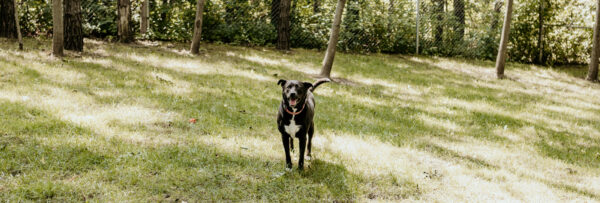
July 1, 2025
The Ontario SPCA and Humane Society supports step forward for veterinary care in Northern Ontario
Veterinary care in Ontario is in crisis, even more so in the North. Many communities are left without access to critic…
Read more »
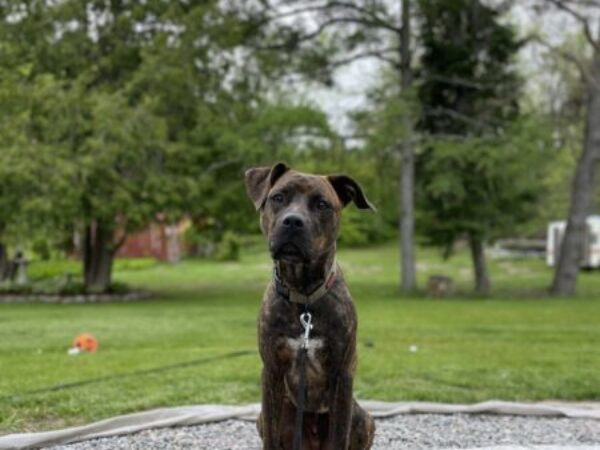
June 30, 2025
Twix’s journey of recovery: A new life as Bo
Twix’s story began at the Ontario SPCA Stormont, Dundas & Glengarry Animal Centre, where this one-year-old Mastif…
Read more »

June 27, 2025
Firework safety tips to keep pets safe
Everybody loves a long weekend – including our furry friends! It means more quality time with the people they love. B…
Read more »
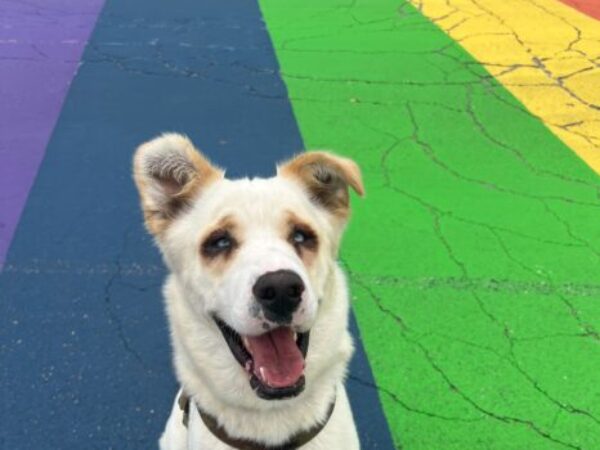
June 26, 2025
Pride Parade fun with furry friends
The Pride Parade in Toronto is a tradition celebrating the LGBTQ2S+ community during Pride Month. If you’re thinking…
Read more »

June 24, 2025
The unbreakable bond of two guinea pigs
Thor and Odin’s journey could have ended before it truly began, but thanks to the compassion of caring adopters and t…
Read more »

June 23, 2025
Does your pet have a food allergy? Here’s what to watch for
Just like people, cats and dogs can suffer from food allergies. While not as common as environmental allergies, food se…
Read more »

June 20, 2025
Help save lives: Take the No Hot Pets pledge this summer
As temperatures rise, so does the risk for animals left in hot vehicles or outside without proper care. This summer, th…
Read more »

June 20, 2025
Keep animals cool this summer by taking the Ontario SPCA’s No Hot Pets Pledge!
IMMEDIATE RELEASE
Stouffville, ON (June 20, 2025) – Summer fun is heating up, but let’s make sure our furry frien…
Read more »
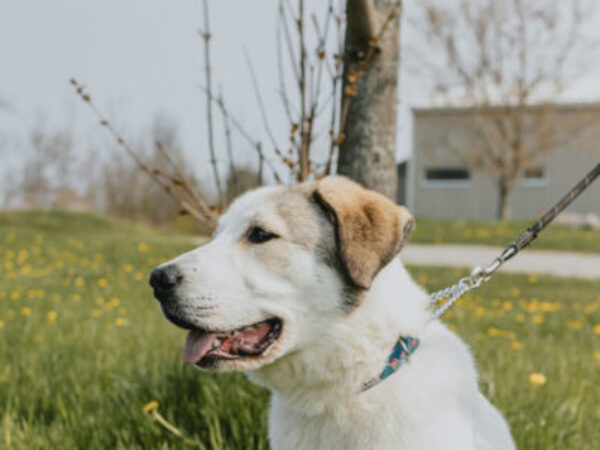
June 19, 2025
Protecting pets from wildfire smoke: What you need to know
With many parts of Canada affected by wildfires, it’s important to take extra precautions to protect your pets from t…
Read more »

June 17, 2025
The Ontario SPCA supports more than 60 animals during spay/neuter and wellness event in Akwesasne
IMMEDIATE RELEASE
Akwesasne, ON (June 17, 2025) – More than 60 animals were spayed or neutered during an animal we…
Read more »
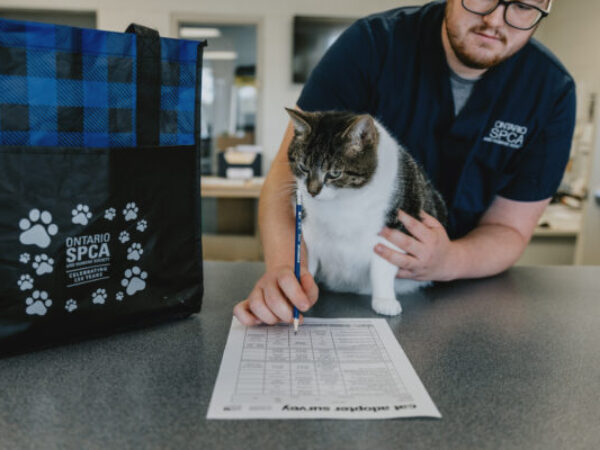
June 17, 2025
Touch the target – Enrichment game for cats
Does your cat ever get the “zoomies”? Although this behaviour is quite normal, it can also be an indicator that you…
Read more »

June 16, 2025
The Ontario SPCA and Humane Society supports Northern animals affected by wildfires
FOR IMMEDIATE RELEASE
The Ontario SPCA and Humane Society supports Northern animals affected by wildfires
Stouffvil…
Read more »
Categories
Testimonial
Thank you for your dedication
Thank you for your dedication to helping the animals. Every animal deserves a loving home and to be treated royally. Just imagine a day without animal cruelty. What a wonderful day that would be!
-Joan
Sign up for news and updates
Thank you for joining our online community.
